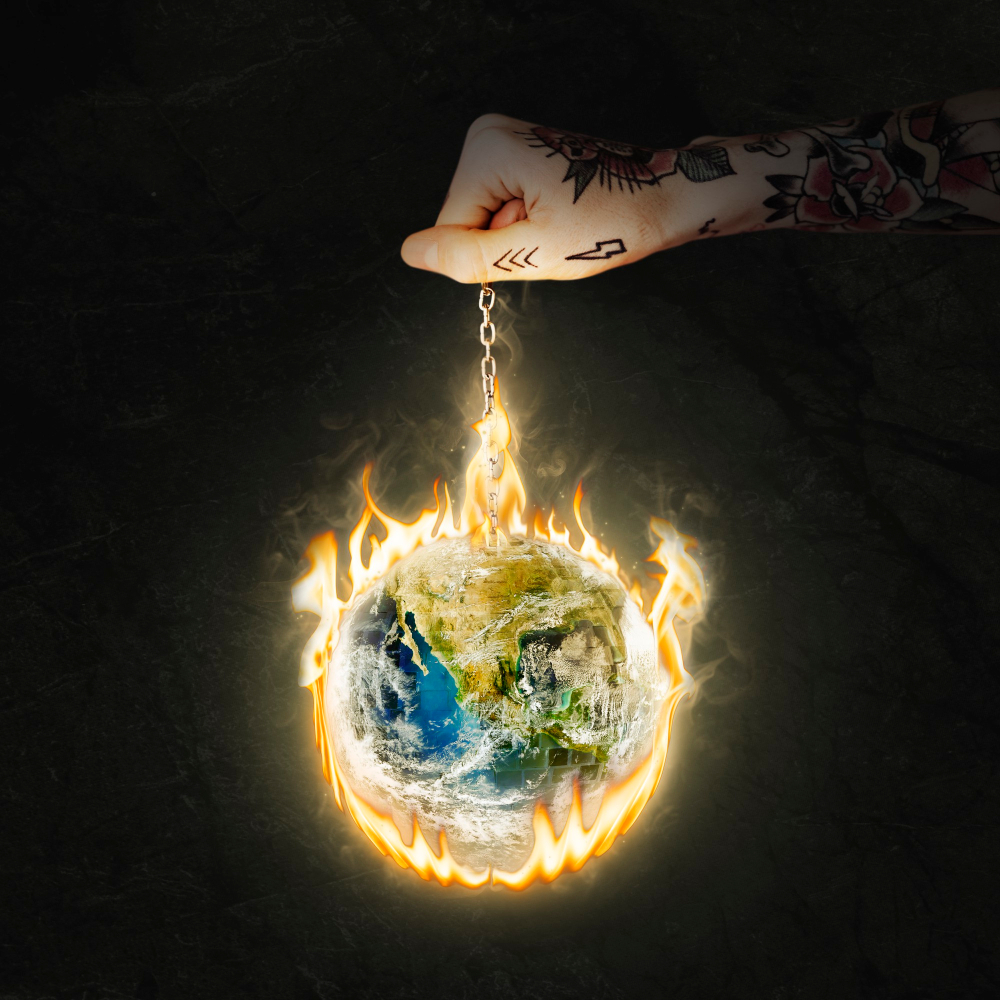The rise in global temperatures increases the likelihood of storms, floods, wildfires, droughts, and heat waves. A warmer climate allows the atmosphere to hold more water, resulting in heavier rainfall.
What is Global Warming?
Global warming refers to the increase in average global temperatures since the Industrial Revolution. Since 1880, the average global temperature has risen by approximately one degree Celsius. Scientists anticipate that by 2035, the average global temperature could increase by an additional 0.3 to 0.7 degrees Celsius.
What Causes Global Warming?
Certain gases, such as carbon dioxide and methane, trap the sun’s heat in the Earth’s atmosphere. These greenhouse gases (GHGs) are naturally present in the atmosphere. Human activities, particularly the burning of fossil fuels (coal, natural gas, and oil) in power plants, vehicles, and homes, release carbon dioxide and other GHGs into the atmosphere. Other activities, such as deforestation, also contribute to the emission of GHGs.
The high concentration of these GHGs in the atmosphere is responsible for increasing the Earth’s heat, leading to a rise in global temperatures. Climate scientists believe that human activities are the primary cause of global warming.
Is Climate Change Different from Global Warming?
According to the Environmental and Energy Studies Institute, climate change and global warming are often used interchangeably, but they refer to different phenomena. Climate change broadly refers to long-term changes in average weather patterns (such as temperature, precipitation, humidity, wind, atmospheric pressure, and ocean temperatures). In contrast, global warming specifically refers to the increase in the Earth’s average global temperature.
How is Global Warming Related to Extreme Weather, Storms, Heatwaves, Droughts, and Floods?
The rise in global temperatures increases the likelihood of storms, floods, wildfires, droughts, and heat waves. In a warmer climate, the atmosphere can hold more water and result in heavier rainfall, changing precipitation patterns.
Increased rainfall can benefit agriculture, but intense storms over a single day can damage crops, property, and infrastructure, and cause loss of life in affected areas.
Global warming also raises sea surface temperatures as the majority of the Earth’s heat is absorbed by the oceans. Warmer sea surface temperatures make it easier for storms to form. Due to human-induced global warming, it is feared that rainfall rates from storms will increase, storm intensity will rise, and the proportion of Category 4 or 5 storms will increase.
How Does Global Warming Affect Rising Sea Levels?
Global warming contributes to rising sea levels in two main ways. First, higher temperatures cause glaciers and land-based ice sheets to melt rapidly, transferring water from land to sea. Melting areas worldwide include Greenland, Antarctica, and mountain glaciers.
According to the United Nations Framework Convention on Climate Change 2019, 80% of glaciers could melt and shrink by 2100 due to global warming.
Second, thermal expansion, the process by which warmer water occupies more space, increases the volume of the sea, raising sea levels.
Other factors influence sea levels, and the combination of these factors results in varying rates of sea level rise globally. Local factors contributing to faster sea level rise in some areas include ocean currents and sinking land surfaces.
Since 1880, the global average sea level has risen by eight to nine inches. Under a low-emission scenario, models project that sea level rise will be about one foot above 2000 levels by the end of the century. In a high-emission scenario, sea levels could rise more than eight feet above 2000 levels by 2100.
Discover more from Shrishta
Subscribe to get the latest posts sent to your email.



